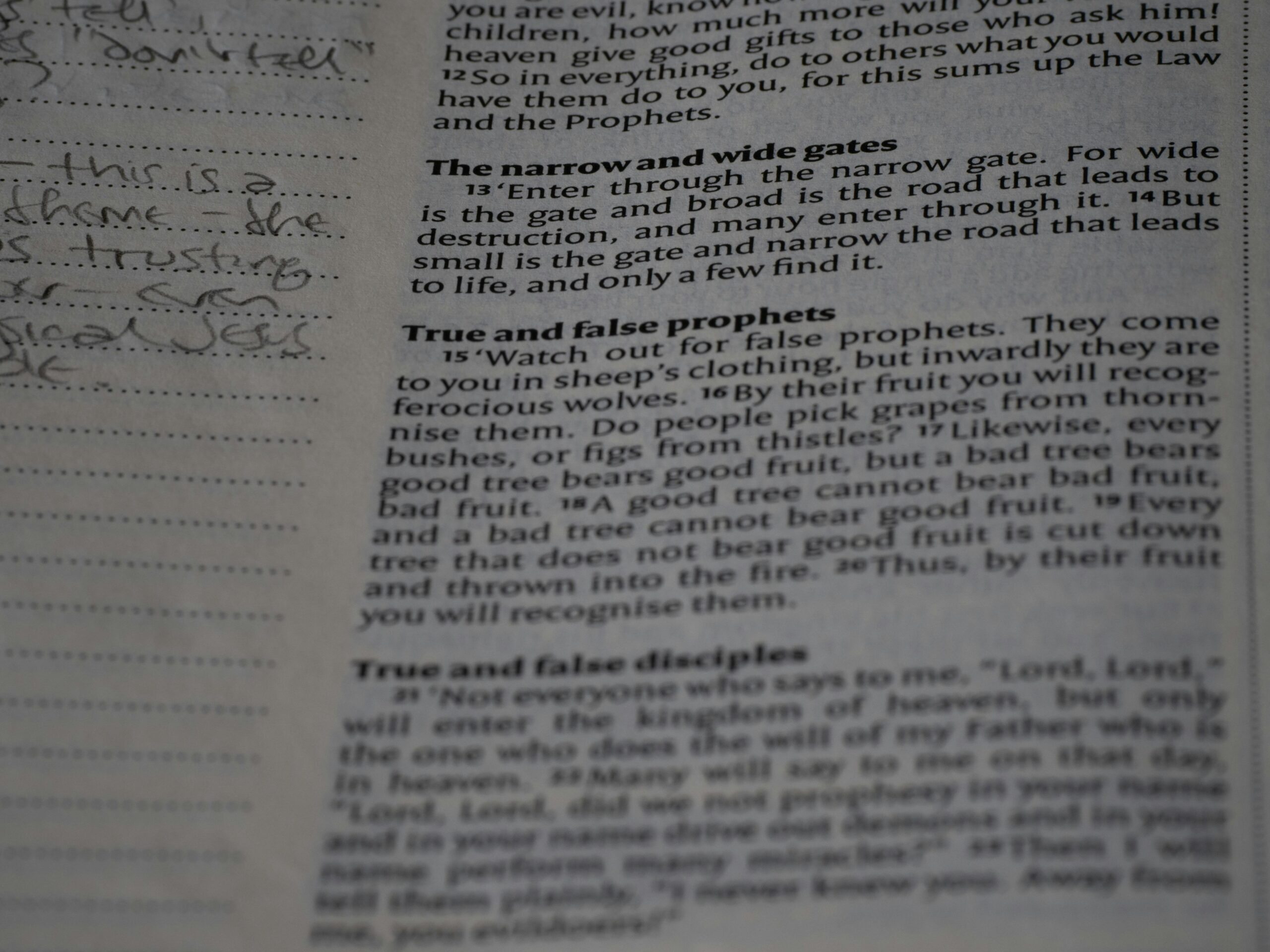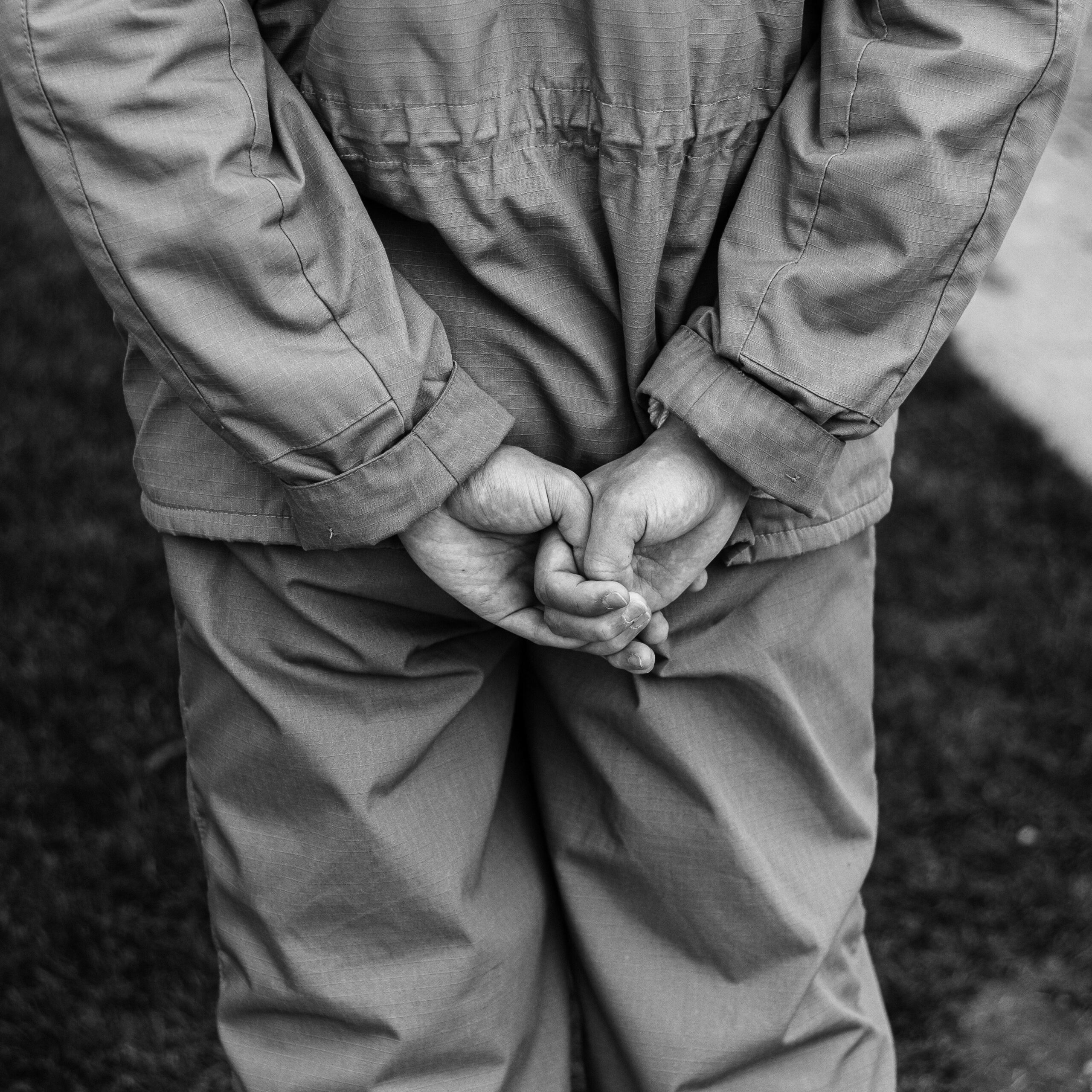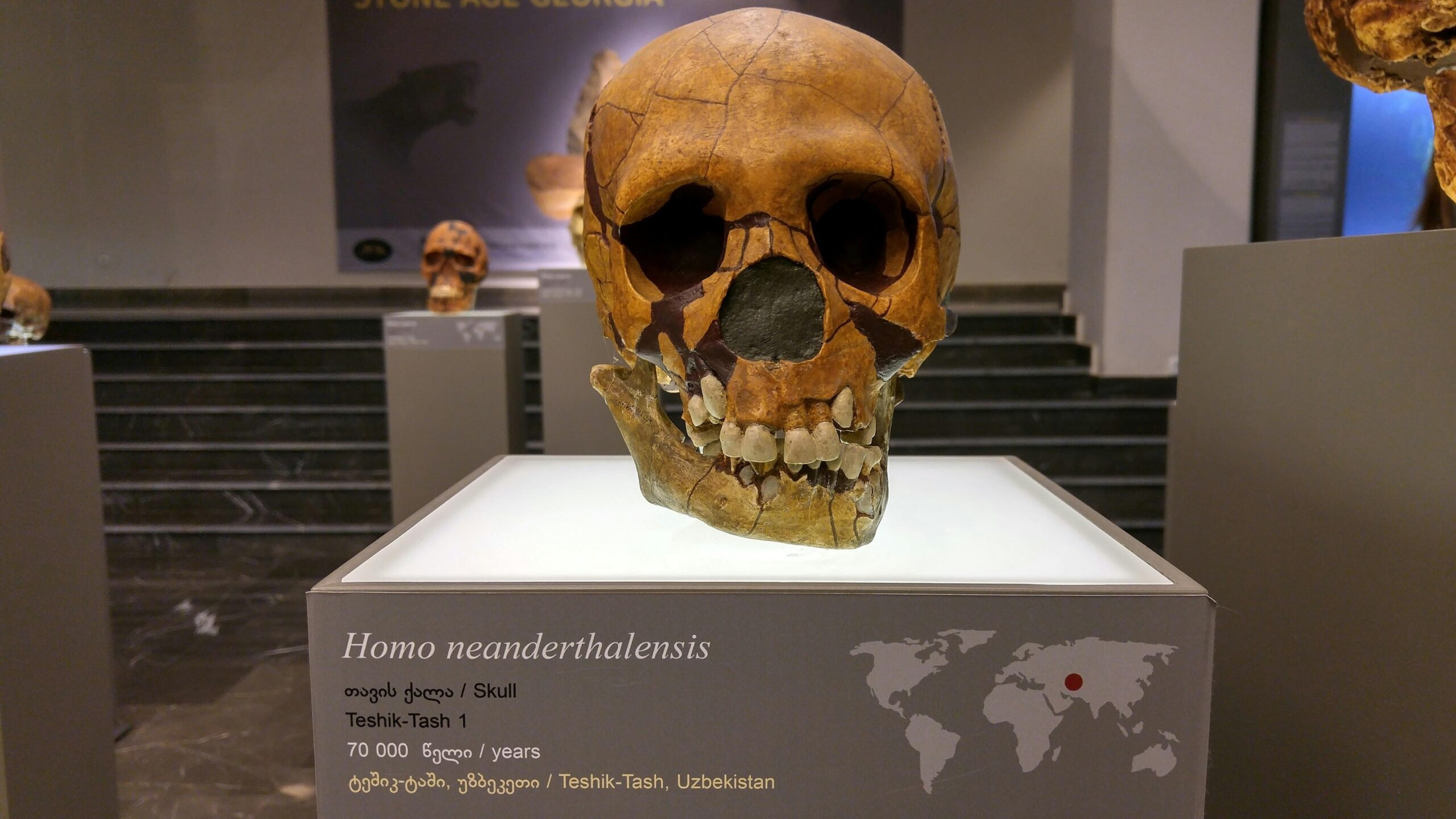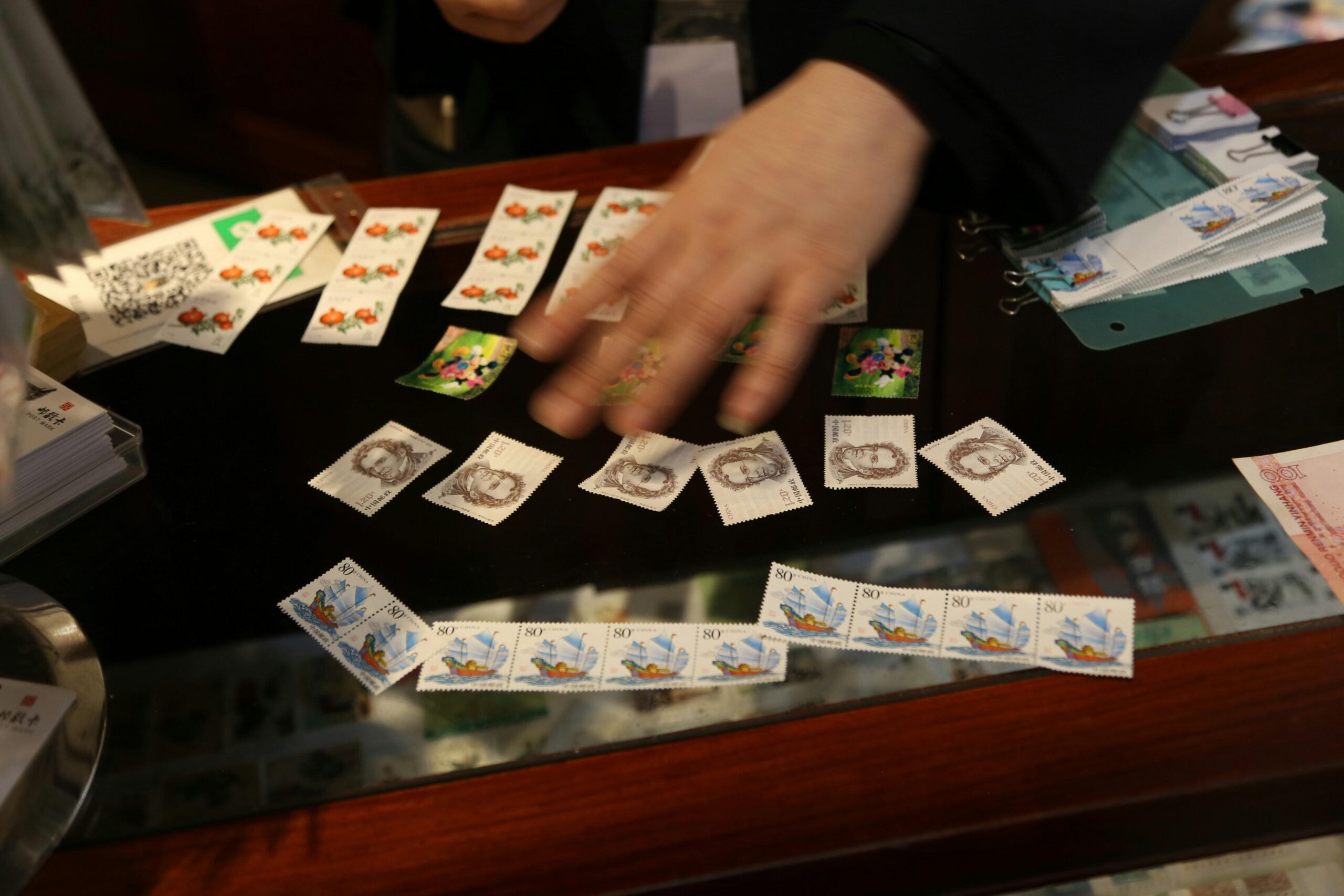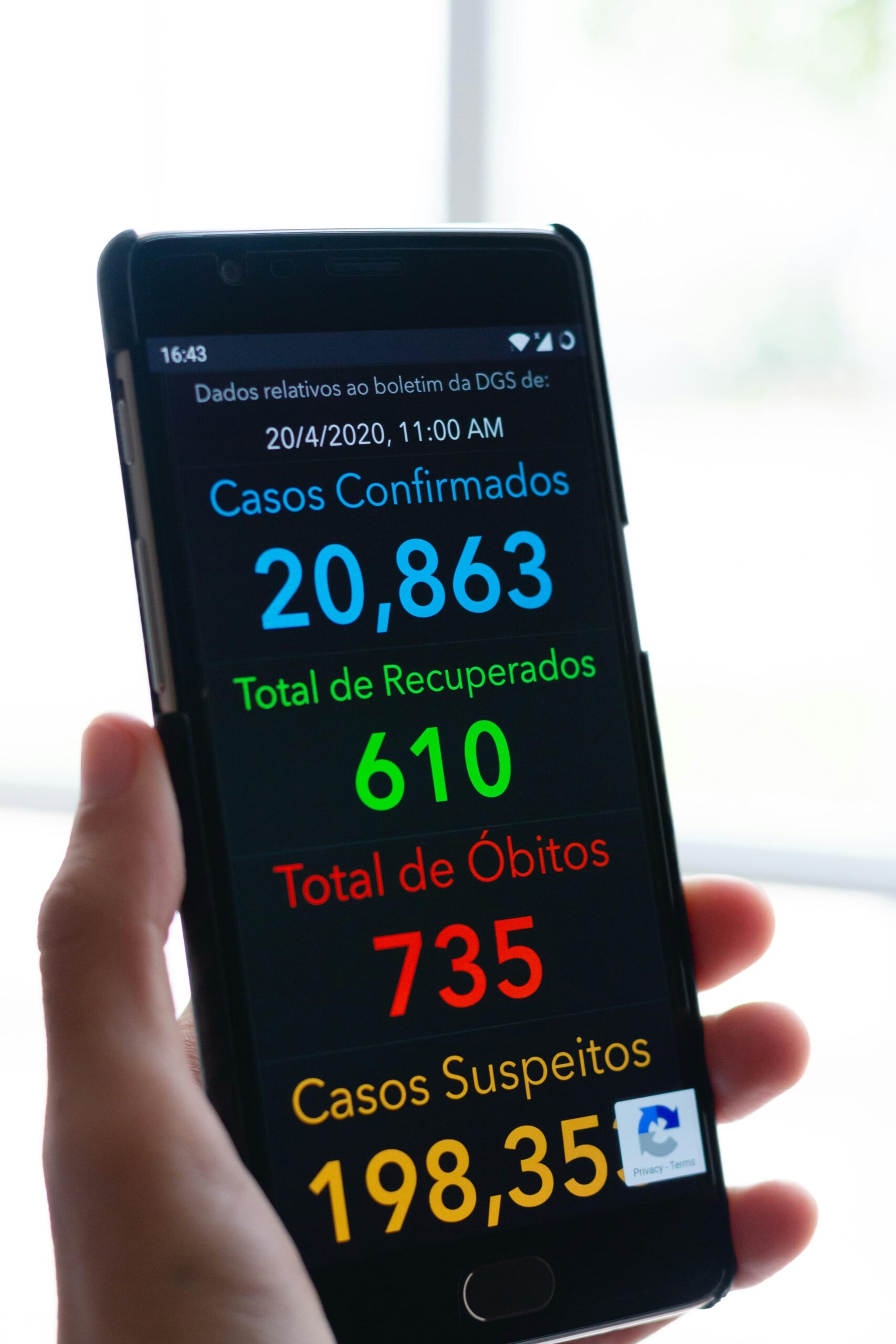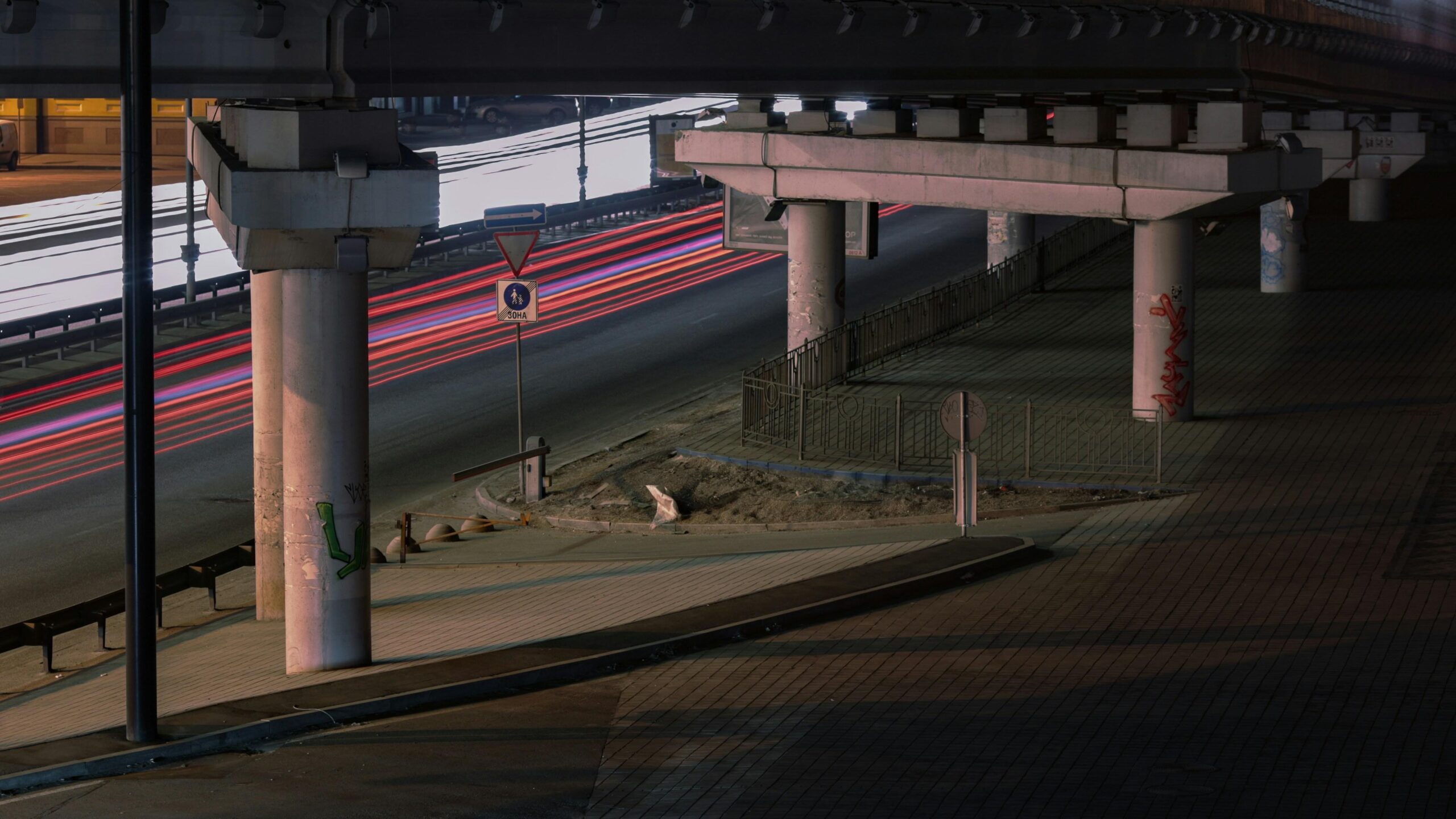Imagine waking up one day to find your world turned upside down — convicted of a crime you didn’t commit and sent behind bars. It sounds like something out of a thriller, but for thousands of innocent people around the world, this nightmare is all too real. How do wrongful convictions happen? What cracks in the justice system allow innocent lives to be shattered? In this article, we’ll dive deep into the surprising and often overlooked reasons why justice sometimes goes astray, revealing how mistakes — big and small — can lead to a devastating outcome: being behind bars by mistake.
Table of Contents
- The Hidden Flaws in Eyewitness Testimonies That Mislead Justice
- When Forensic Science Goes Wrong: Uncovering the Mistakes Behind Convictions
- The Role of Confirmation Bias in Twisting the Truth in Courtrooms
- How Legal Reforms and Technology Can Prevent Innocent People From Being Imprisoned
- To Conclude
The Hidden Flaws in Eyewitness Testimonies That Mislead Justice
Eyewitness accounts often seem like rock-solid proof in courtrooms, yet beneath their surface lie subtle vulnerabilities that can turn innocent people into victims of injustice. Memory is far from infallible; it’s susceptible to influence by stress, lighting conditions, and even the way questions are posed by investigators. Studies reveal that witnesses can confidently misidentify suspects, especially when exposed to suggestive lineups or repeated interviews that unintentionally reshape their memories. This phenomenon isn’t just a quirk of human cognition—it’s a dangerous pitfall that can lead to wrongful convictions.
Moreover, social pressures and cognitive biases frequently distort eyewitness testimony. Witnesses may unconsciously tailor their recollections to align with authority figures or prevalent narratives, resulting in skewed accounts. Factors such as cross-racial identification difficulties, where individuals are less accurate at recognizing faces outside their own race, further compound the problem. Some common issues include:
- Misleading lineup procedures that highlight one suspect
- Unintentional confirmation bias by police
- The stress-induced narrowing of attention during traumatic events
- Time delays that erode the clarity of memories
Understanding these hidden flaws is crucial to reforming how eyewitness testimonies are treated in legal settings, ensuring that verdicts rest on more reliable foundations.
When Forensic Science Goes Wrong: Uncovering the Mistakes Behind Convictions
Forensic science, while often portrayed as an infallible pillar of justice, is far from perfect. The reliance on flawed methodologies, human error, and even bias can turn what should be a clear path to truth into a minefield of misinterpretation. Take, for instance, the common pitfalls of contaminated evidence that leads investigators astray or the misuse of forensic techniques like bite mark analysis, which has been discredited yet still influences verdicts. Even seemingly objective tools such as DNA testing can be manipulated by improper handling or mislabeling of samples, casting doubt on results that juries so heavily depend upon.
Several critical mistakes routinely contribute to wrongful convictions, many rooted in the system’s overconfidence in so-called “scientific” proof. Among these are:
- Confirmation bias: Experts interpreting evidence to fit a preconceived theory rather than following where the evidence truly leads.
- Insufficient validation: Use of forensic methods that have not undergone rigorous scientific scrutiny.
- Inadequate training: Forensic analysts without proper qualifications or overwhelmed by caseloads, resulting in rushed or inaccurate conclusions.
- Pressure from law enforcement: Subtle coercion or expectations to produce results can skew interpretations.
Behind every wrongful conviction lies a complex interplay of such errors, reminding us that forensic science is a tool—powerful but fallible—and should never be treated as the unchallengeable final word in criminal justice.
The Role of Confirmation Bias in Twisting the Truth in Courtrooms
In the high-stakes environment of a courtroom, where everyone’s goal should be justice, the human mind can play deceptive tricks that distort reality. One of the most insidious mental pitfalls is confirmation bias—the tendency to search for, interpret, and favor information that confirms preexisting beliefs. Once a detective, prosecutor, or juror forms an early impression of a suspect’s guilt, they may unconsciously ignore evidence that contradicts their assumption. This narrow focus doesn’t merely happen in the mind; it manifests in real-life courtroom dynamics, from the selective questioning of witnesses to the skewed interpretation of forensic results.
Evidence may be presented with the hope of painting a clear picture, but when confirmation bias takes hold, it acts like a filter, emphasizing details that fit the narrative and dismissing those that don’t. This bias can lead to:
- Overlooking alternative suspects or motives
- Interpreting ambiguous evidence as incriminating
- Relying heavily on flawed eyewitness testimonies
Each of these twists in perception doesn’t just muddle the truth—it can convict innocent people, locking them behind bars for crimes they did not commit. Recognizing and combating this bias is essential if the scales of justice are ever to balance fairly.
How Legal Reforms and Technology Can Prevent Innocent People From Being Imprisoned
Legal reforms hold transformative power in dismantling the mechanisms that lead to wrongful convictions. For instance, instituting mandatory recording of all interrogations can protect suspects from coercion or false confessions. Courts adopting stricter evidentiary standards for eyewitness testimony, which is notoriously unreliable, prevent convictions based on shaky recollections. Additionally, ensuring access to competent legal defense for all accused individuals, regardless of socioeconomic status, levels the playing field in criminal proceedings. When the law evolves to prioritize fairness and accuracy, it serves as a robust shield against miscarriages of justice.
On the technological front, innovations are rewriting the playbook in safeguarding the innocent. Advances like DNA testing have already exonerated countless wrongfully convicted people, unveiling the truth hidden beneath errors and biases. Emerging tools like AI-driven analytics and digital evidence verification are beginning to reduce human error and fraud in investigations. Technologies such as blockchain could even create tamper-proof chains of custody for critical evidence. Together, these technologies empower both defense teams and the courts to see beyond doubt and ensure that no one is locked away based on mistaken identity or flawed procedures.
- Mandatory interrogation recordings to prevent coerced confessions
- Stricter eyewitness testimony guidelines to avoid memory bias
- Universal access to quality legal counsel for fair defense
- DNA testing and forensic advancements for concrete proof
- AI and blockchain technologies to secure and analyze evidence
To Conclude
As we peel back the layers of wrongful convictions, it’s clear that these tragic mistakes are never the result of a single error, but rather a complex web of flawed systems, human biases, and unforeseen circumstances. Understanding how and why innocent people end up behind bars not only sparks our curiosity but also fuels the urgent need for reforms. After all, every story of injustice is a powerful reminder that the pursuit of truth and fairness is an ongoing journey—one that calls for vigilance, empathy, and a commitment to change. So next time you hear about a conviction, take a moment to wonder: what unseen forces might be at play?




